August 2013 | Updated May 2024
You may notice at your favorite supermarket the following statement next to the prominent “Summer Fruits from California” banner: “Coated with food grade vegetable, petroleum, and/or shellac-based wax or resin to maintain freshness” on their favorite fruits and vegetables. What are waxes? Are there any kashrus concerns? Let us examine some of the kosher facts on wax.
Waxes are not a new phenomenon, as they have been used domestically for over sixty years on a wide variety of fruits and vegetables (see list below). Waxes are derived from a variety of sources and are a cross combination of natural and synthetic ingredients. The most common primary wax ingredients are shellac, carnauba wax or petroleum-based wax. Less frequently used and more costly wax bases include beeswax and candelilla wax.
Shellac (Lac Resin)
Shellac or lac resin is a product that is imported from India and used in waxes for citrus […]



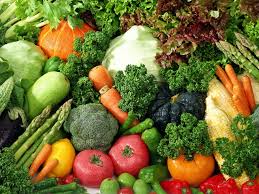
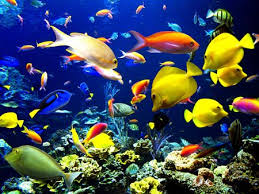
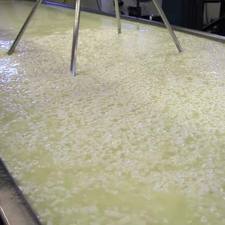
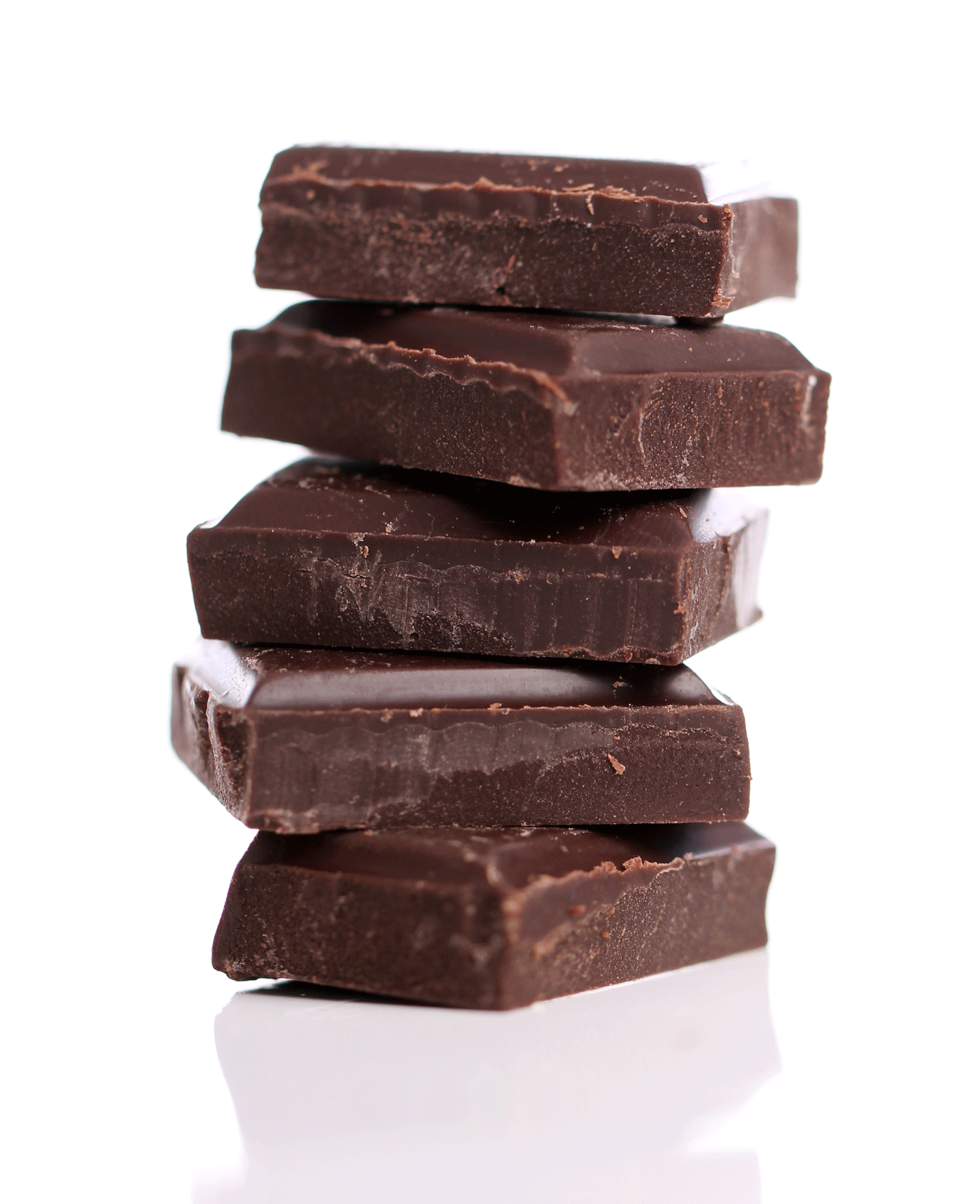
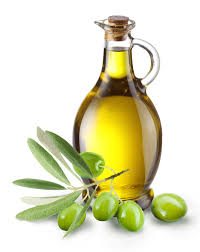
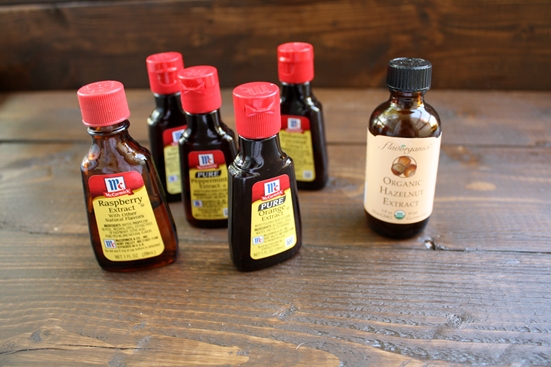
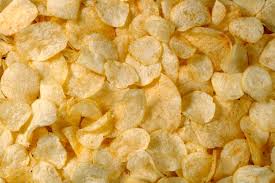

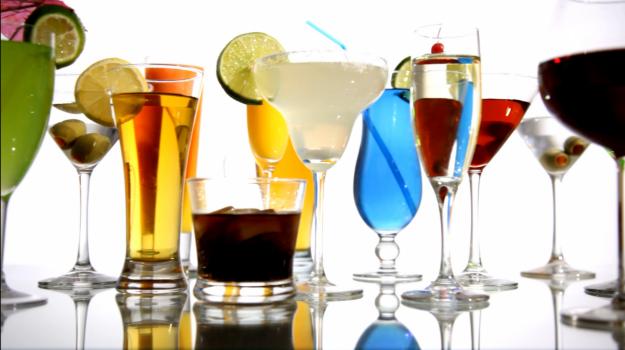
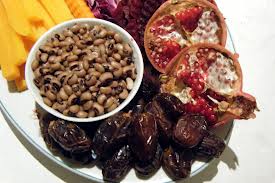
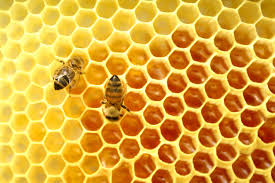
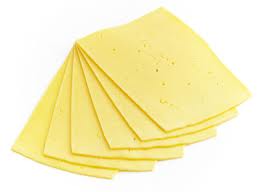
 STAR-D
STAR-D STAR-S
STAR-S